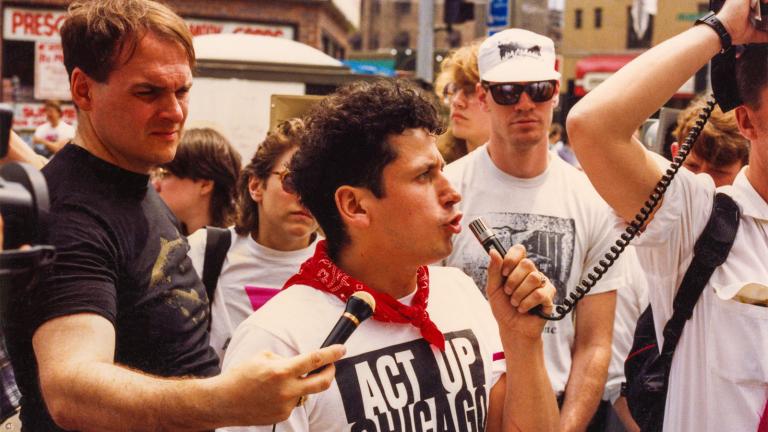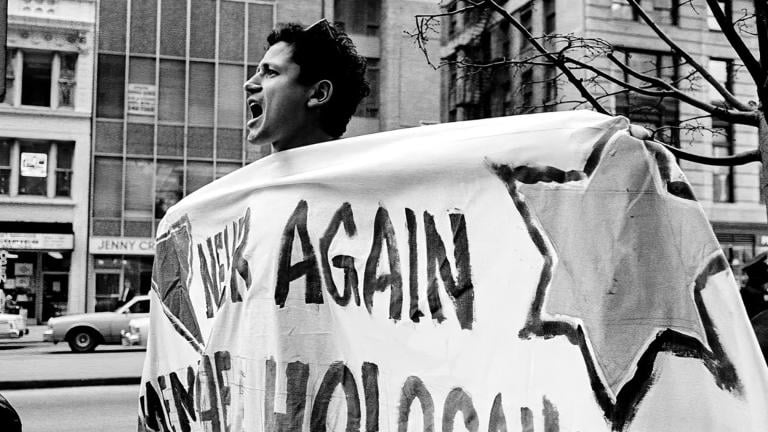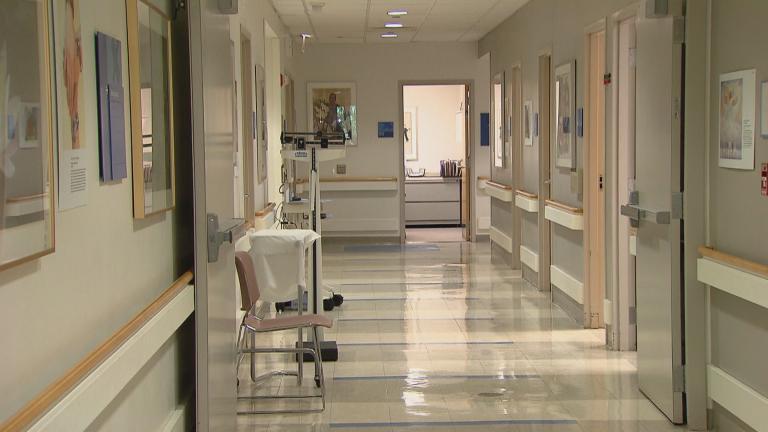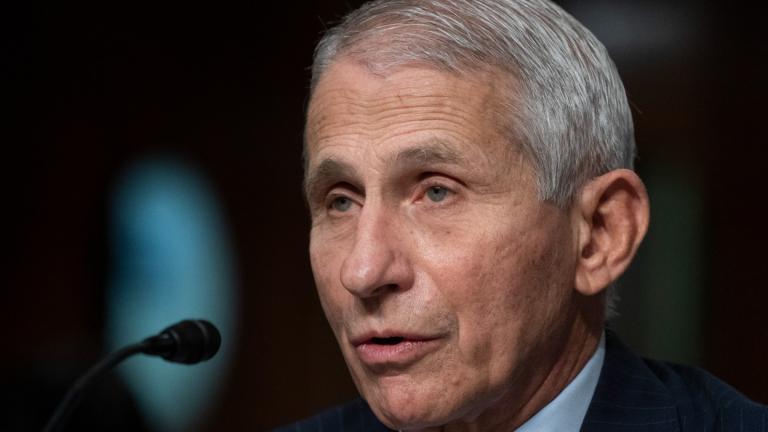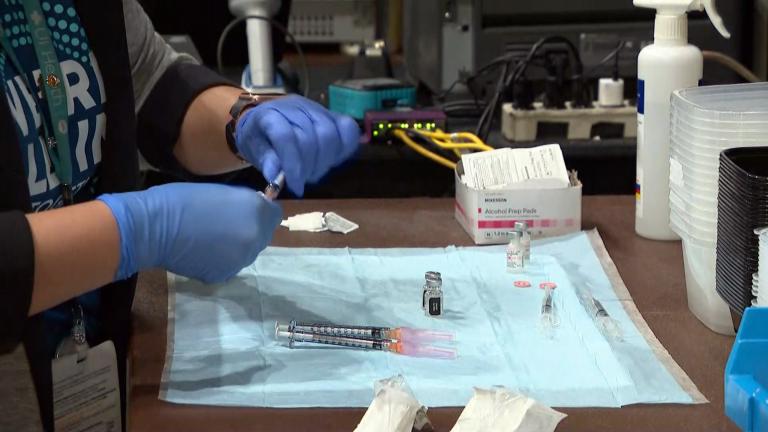Governor Pritzker, Mayor Lightfoot, and an array of other elected officials, community leaders, and artists gathered along the lakefront for a celebration Thursday morning.
They were marking the opening of AIDS Garden Chicago, a project many years in the making that’s now open to the public. Located just south of Belmont Harbor, the garden’s location has a meaningful place in the history of the city’s queer community.
“We honor the myriad fallen heroes who have kicked open the doors to every closet everywhere. Whether it was in stilettos or in combat boots, the children thrived,” playwright and poet Osiris Khepera said in a spoken word performance.
The ribbon cutting marked the end of a long journey for AIDS Garden Chicago. It’s an idea Alderman Tom Tunney started talking about during his first term in the early 2000s.
“Many of the people here have been in the trenches for, god bless, 40 years,” Tunney said, acknowledging many of the activists and advocates in the crowd.
The effort got going in earnest when Tunney brought the idea to the nonprofit Chicago Parks Foundation, which helps raise funding for city parks and programs.
“Everybody just dug in and embraced this project because it’s so special,” said executive director Willa Lang. “It’s a legacy project for the parks and the city.”
The first step was community meetings in Lakeview that later expanded to bring in other parts of Chicago.
“HIV/AIDS affects many communities in many parts of the city, so we made an effort to move our meetings around the city and talk with different folks so that we had their feedback as well,” Lang said.
The entrance to the garden features a donor wall with gingko leaves, a symbol chosen for its beauty and resilience. A cluster of gingko trees and a lakefront area with a sunrise view provide space: “to reflect and gather … and remember those who passed, those who survived, and those who still live with HIV/AIDS today,” Lang said.
The garden’s centerpiece is the massive Keith Haring statue “Self-Portrait.” Around the garden, QR codes lead visitors to videos from survivors, activists, doctors, and more.
The stories highlight the history of the AIDS epidemic in Chicago. And the location of the garden was chosen for its historical significance as well.
It’s the former site of the Belmont Rocks, a limestone stretch of the lakefront where Chicago’s LGBTQ community started gathering in the 1960s.
“Can you imagine how empowering that must have been to be able to come here during the day, in the middle of the city, out in the sunlight, to be with your friends or your lover or whoever at a time when our bars still had blackened windows?” said queer author and historian Owen Keehnen.
Keehnen moved to Chicago in the early 1980s and vividly recalls his first visit.
“When I came over that ridge, what I saw was something I had never seen before … this organic queer space that was thriving,” Keehnen said.
The rocks were demolished in 2003 as part of a shoreline revetment project. After posting on social media about the loss of the rocks a few years ago, Keehnen got an outpouring of people sharing memories and photographs of sun-drenched days. He’s been gathering and sharing them online for the project A Place for Us: LGBTQ Life at the Belmont Rocks.
“The Belmont Rocks were a part of our everyday history, which is in some ways so much more relatable,” Keehnen said. “As LGBTQ people, this is the sort of thing that it’s our responsibility to chronicle … nobody else is going to do this for us.”
It’s also a joyful history. Keehnen says the rocks were a sunny contrast to the fluorescent lighting of hospitals where so many Chicagoans spent their last days for years and years of the AIDS epidemic – making the garden’s location fitting, if bittersweet.
“It feels good, but at the same time it’s not a “feel-good” feeling. It’s the right decision that’s being made. It’s a great educational tool for younger people to maybe understand the time period. It’s also important for a lot of people to get a sense of healing from here,” Keehnen said.
Learn more about the garden here.
The huge statue in the garden isn’t the only time Keith Haring’s artwork has been on display along the lakefront. In 1989, Haring visited Chicago and painted a massive mural with hundreds of Chicago Public Schools students. Learn more about his visit and hear from some of those students reflect on the project as adults.

